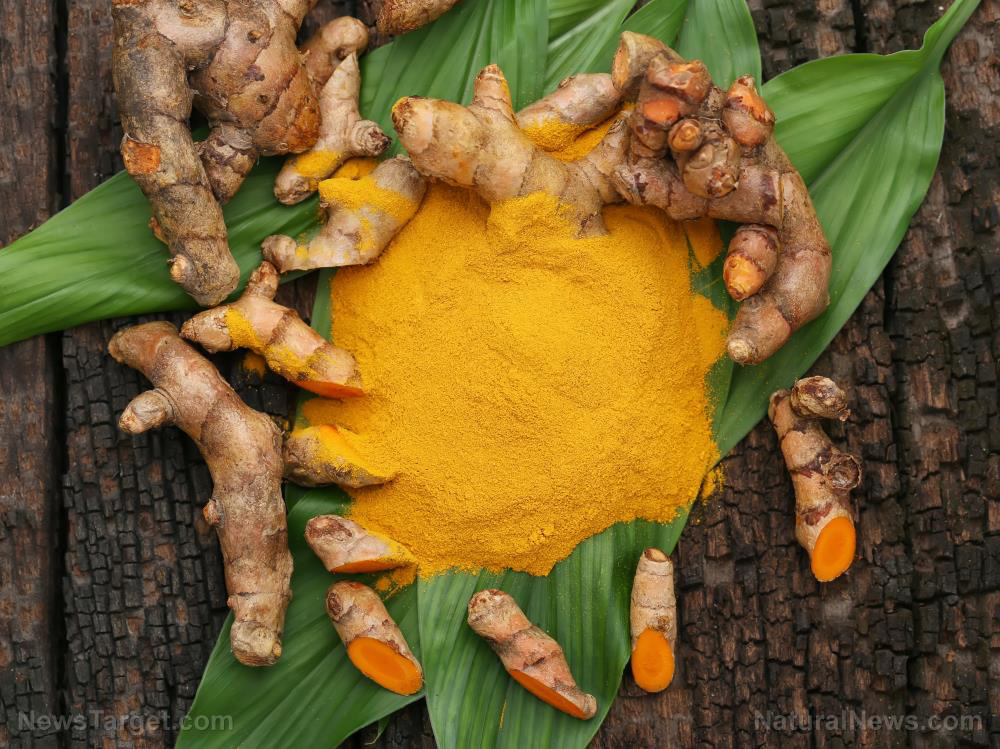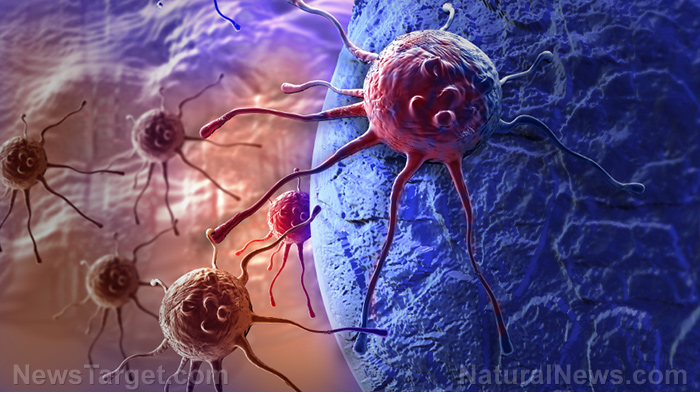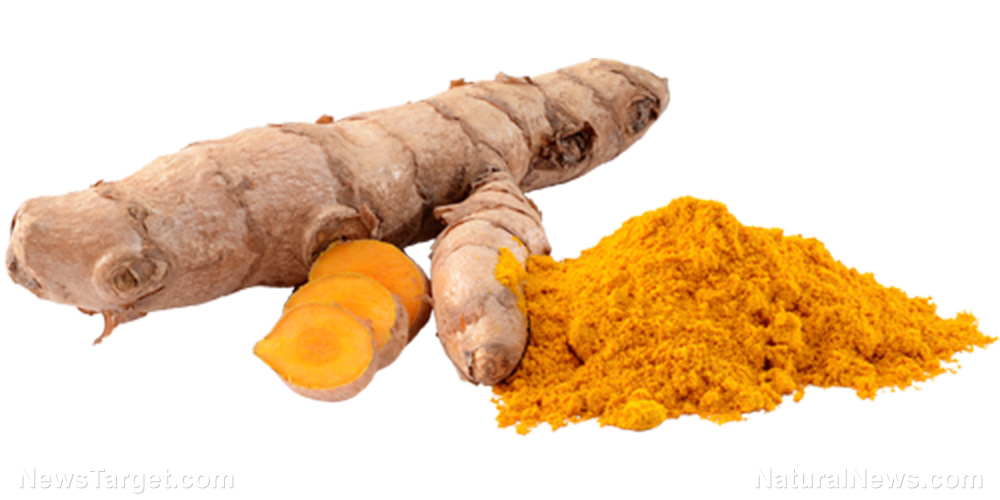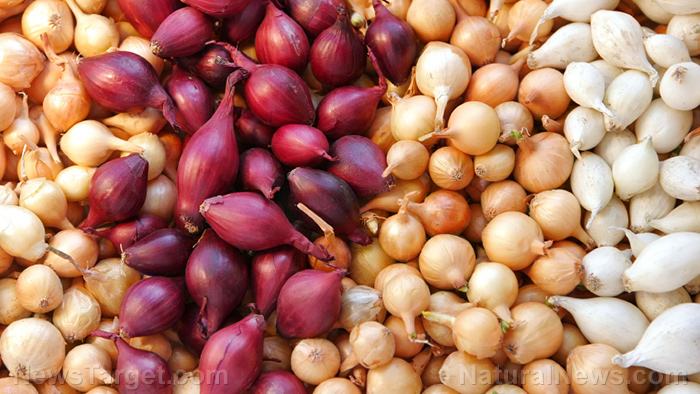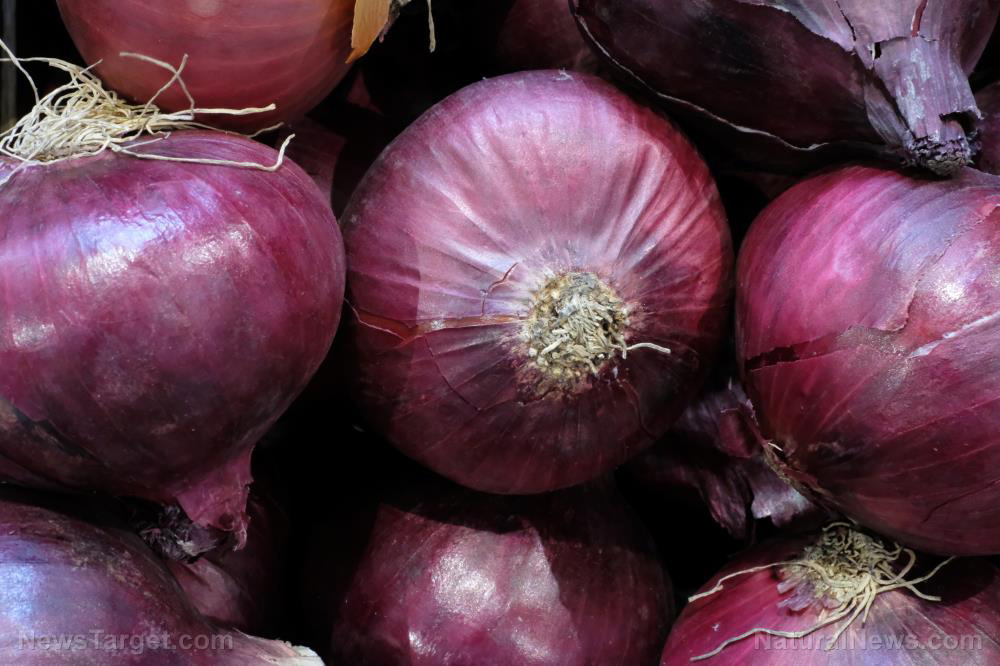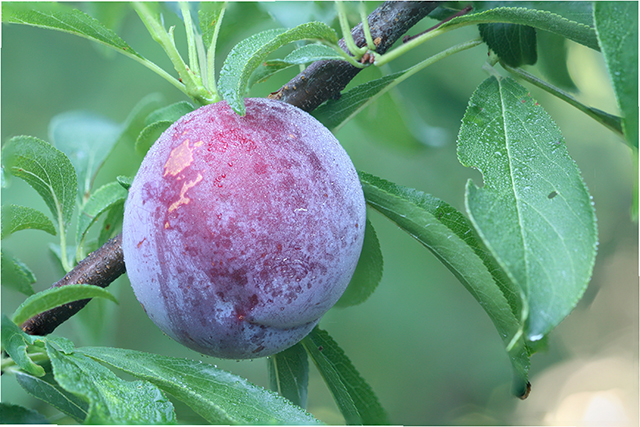Medicinal mushroom used in traditional Taiwanese medicine protects the liver from inflammation, fibrosis, and cancer
09/16/2019 / By Evangelyn Rodriguez
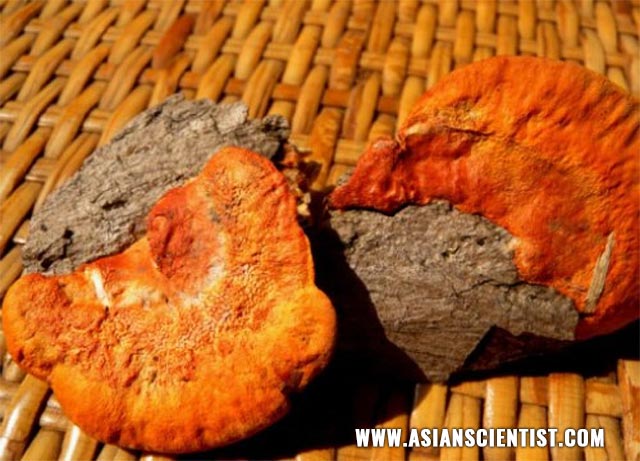
Antrodia cinnamomea, also known as camphor fungus, is a parasitic fungus that thrives in the inner cavity of Cinnamomum kanehirae, a tree endemic to Taiwan. It is considered a medicinal mushroom and is used by Taiwanese people to treat liver disease, in particular, liver injury caused by excessive alcohol drinking. In a recent study, researchers from National Taiwan Normal University investigated the anti-inflammatory effect of A. cinnamomea, which contributes a lot to its hepatoprotective ability. The researchers also explored the molecular mechanisms underlying this anti-inflammatory activity. The results of their study were published in The American Journal of Chinese Medicine.
A. cinnamomea, a mushroom with many benefits
A. cinnamomea is considered to be a potent Chinese herbal medicine. In Taiwan, it is known for its effectiveness in treating not only liver diseases, but also hypertension, abdominal pain, and diarrhea. Indigenous Taiwanese people are said to have used the fruiting bodies of A. cinnamomea to ameliorate liver disorders caused by too much alcohol consumption.
Besides its application in the treatment of liver diseases, A. cinnamomea is also known for its bioactivities. This medicinal mushroom possesses anti-cancer, anti-hypertensive, anti-inflammatory, antioxidant, neuroprotective, and immunomodulatory properties. The ability of A. cinnamomea to promote cancer cell death in human tumors is widely studied.
A study published in Frontiers in Pharmacology reported that the anticancer activity of A. cinnamomea can be enhanced via cocultivation with ginger. Another study using an animal model suggested that the mushroom can also be used to boost the antitumor acitvitiy of anticancer drugs, such as sorafenib. The researchers proposed the inclusion of A. cinnamomea as an adjuvant against hepatocellular carcinoma.
On the other hand, the mycelium of A. cinnamomea can also be used to combat fatigue. A study using a behavioral mouse model demonstrated that A. cinnamomea can modulate oxidative stress signaling. Oral treatment with A. cinnamomea for three weeks significantly enhanced the exercise tolerance of mice in various activities. A cinnamomea can also reduce obesity and modulate the gut microbiota of mice fed a high-fat diet.
All of these studies highlight the therapeutic potential and various bioactivities of the fungus A. cinnamomea. (Related: Mushrooms are a source of multiple nutrients.)
A. cinnamomea has anti-inflammatory, antifibrotic, and anticancer activity
For their study, Taiwanese researchers focused on the anti-inflammatory effect of A. cinnamomea and the molecular mechanisms behind this specific activity. The researchers used water as an extraction solvent to obtain extracts from A. cinnamomea (ACW). Using HPLC fingerprint analysis, they identified seven ergostane-type triterpenoids present in ACW, including high amounts of antcin K (AC), antcin C, antcin H, dehydrosulphurenic acid, antcin B, antcin A, and dehydroeburicoic acid.
The researchers then examined the effects of ACW and AC – the most abundant component of ACW – on N-nitrosodiethylamine (DEN)-induced liver inflammation, fibrosis, and carcinogenesis in rats. For their in vitro study, the researchers used a chemiluminescence analyzer and reported that ACW and AC dose-dependently scavenged O?.2, H2O2, and HOCl, suggesting strong antioxidant activity.
For their in vivo experiment, they orally administered ACW and AC to rats and found that intake of either ACW or AC significantly inhibited DEN-enhanced hepatocellular inflammation, fibrosis, and carcinoma. ACW and AC also reduced the amounts of elevated bile and liver reactive oxygen species (ROS) significantly. Furthermore, ACW and AC inhibited plasma gamma-glutamyl transpeptidase (GGT) and oxidative stress, including 3-nitrotyrosine (3-NT), 4-hydroxynonenal (HNE), and Kuppfer cell infiltration (ED-1 stains) in the inflammatory livers.
The liver has the highest concentration of GGT in the body. GGT is normally present in low levels but becomes elevated in the presence of liver injury. GGT levels may also rise due to liver cancer, viral hepatitis, acute coronary syndrome, and other non-hepatic conditions. 3-NT is a biomarker of protein modification caused by nitrogen free radical species in autoimmunogenic conditions. 3-NT is also formed in other pathologic conditions and is an indicator of oxidative damage mediated by peroxynitrite. HNE is a product of lipid peroxidation; elevated levels of HNE is associated with chronic diseases, such as cardiovascular disease and neurodegenerative diseases. Kuppfer cells, on the other hand, are liver macrophages implicated in the pathogenesis of liver diseases like viral hepatitis, steatohepatitis, alcoholic liver disease, intrahepatic cholestasis, and liver fibrosis.
While DEN enhanced nuclear factor-kappaB (NF-kB) translocation, ACW and AC suppressed DEN-enhanced NF-kB translocation by inhibiting its upstream signaling of p85/phosphoinositide-3-kinase, mitogen activated protein kinase, and CYP2E1 expression. NF-kB is a protein complex that plays a role in the expression of pro-inflammatory genes, such as cytokines, chemokines, and adhesion molecules.
Based on these results, the researchers concluded that A. cinnamomea and its active component, antcin K, counteract DEN-induced hepatic injury and inflammation by scavenging ROS and upregulating antioxidant defense mechanisms.
Sources include:
Tagged Under: alcoholic liver disease, alternative medicine, antcin C, anti-inflammatory, anticancer, antioxidants, Antrodia cinnamomea, cancer cures, cancer treatment, clean food, disease treatments, edible fungus, food cures, food is medicine, functional food, heart health, hepatocellular carcinoma, Hepatoprotective, herbal medicine, Herbs, inflammation, liver damage, liver fibrosis, liver inflammation, longevity, mushroom, natural cures, natural medicine, pain relief, prevention, remedies, research, ROS, TCM, traditional Chinese medicine, triterpenoids
RECENT NEWS & ARTICLES
COPYRIGHT © 2017 CANCER SOLUTIONS NEWS













